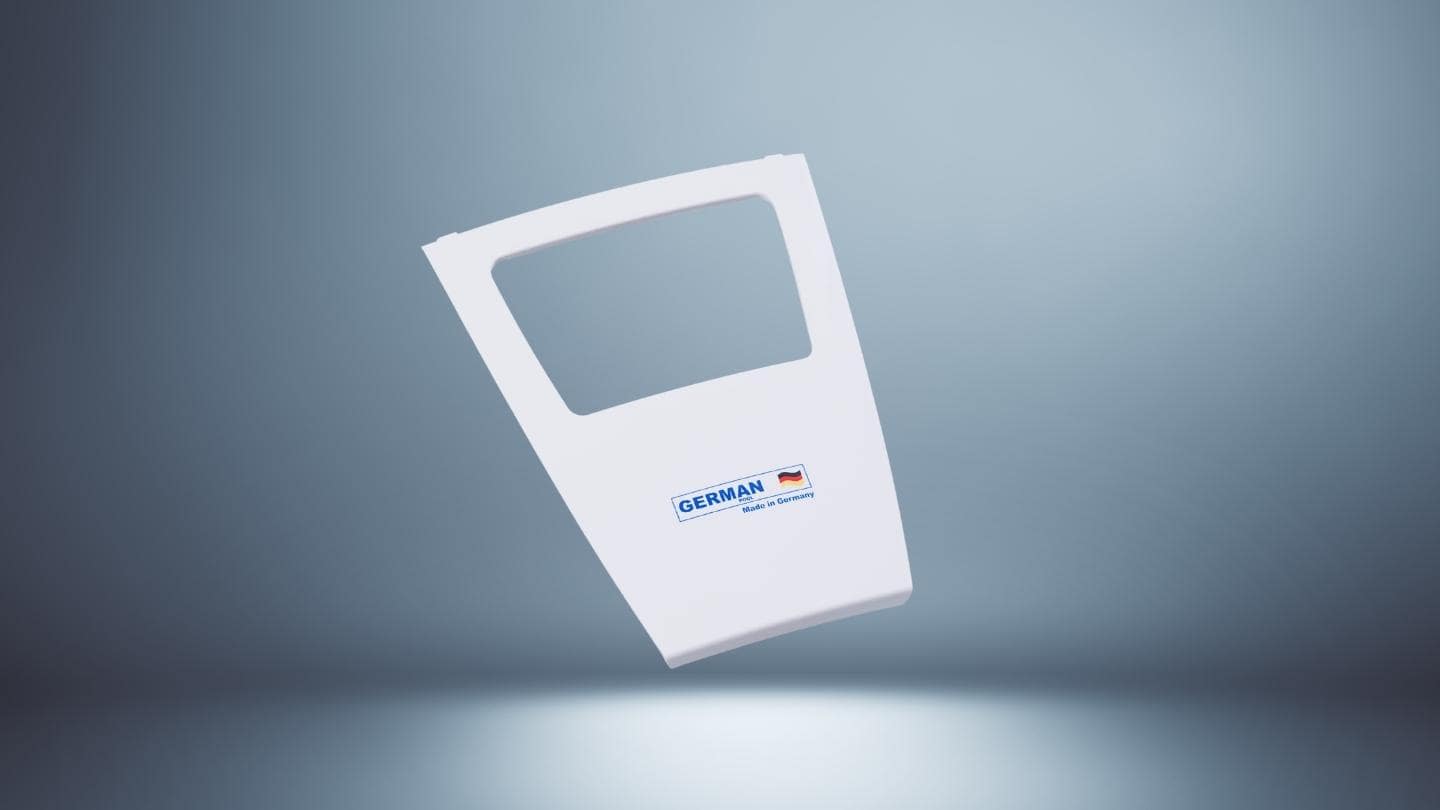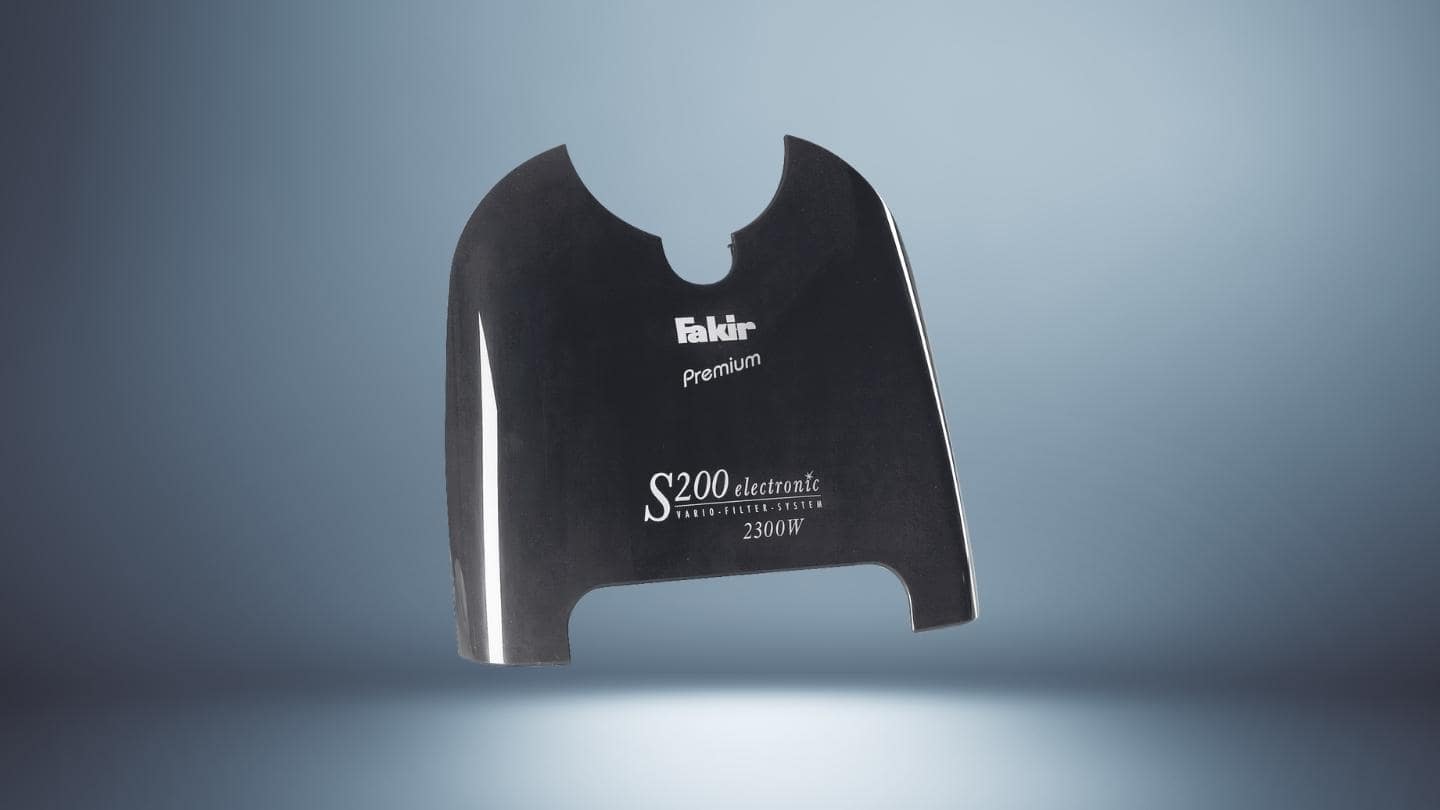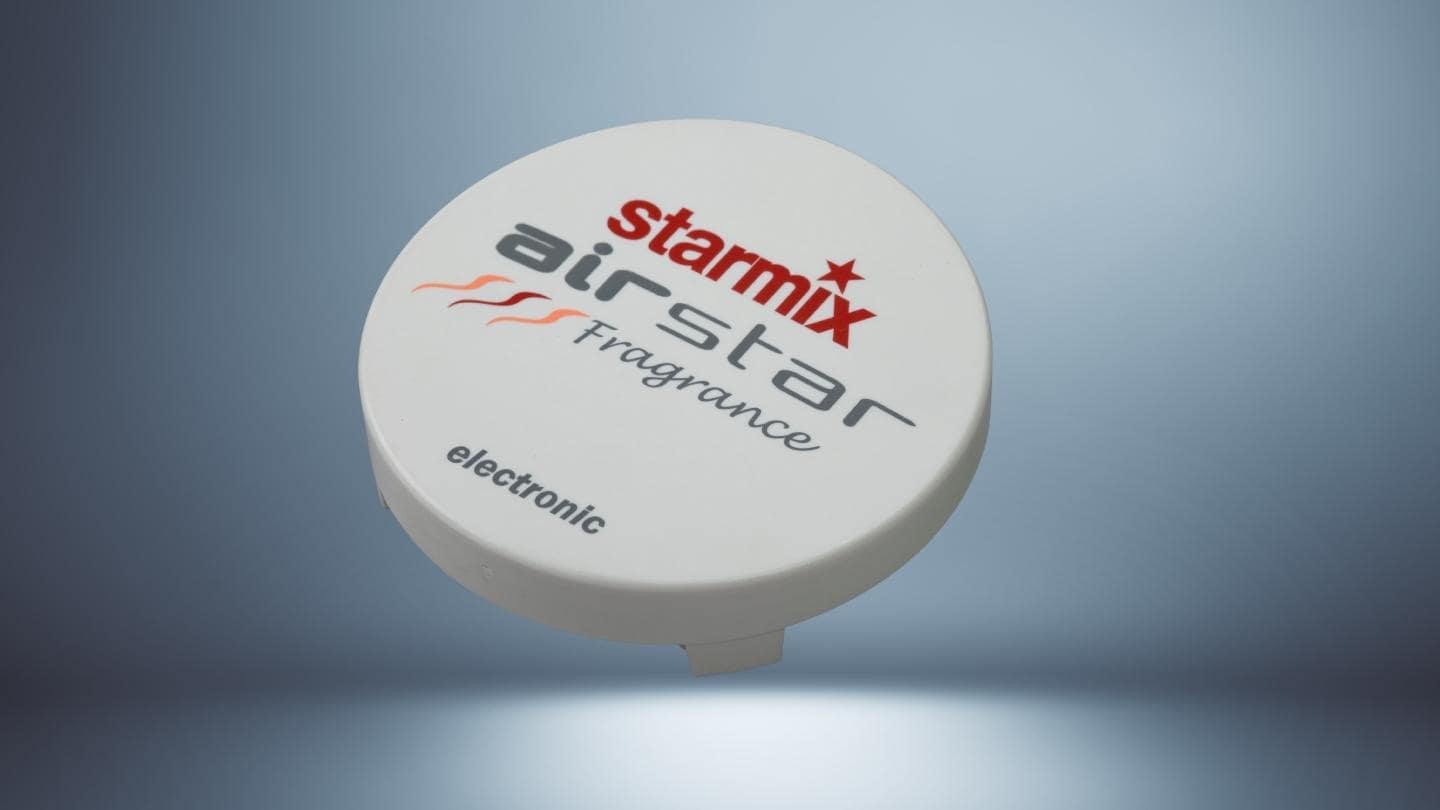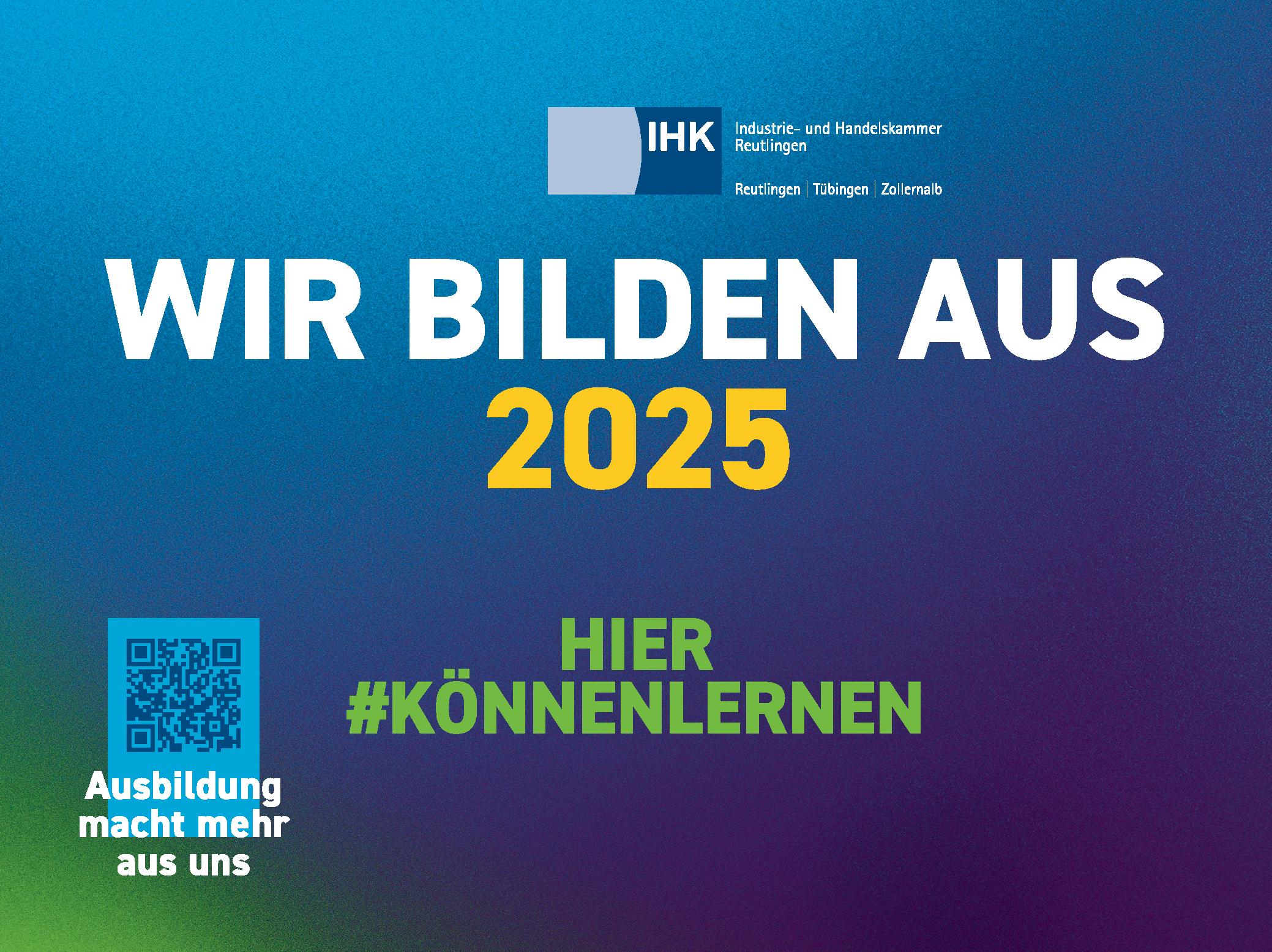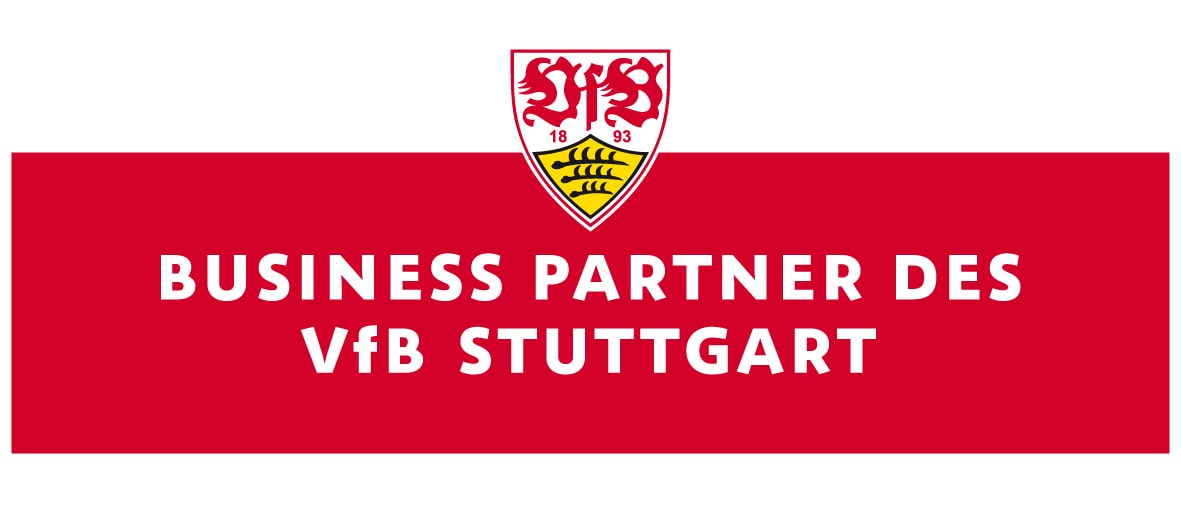Injection molding post-processing: printing, grinding & more
Individual injection molding post-processing of your plastic parts
As a high-quality full-service provider, Plastro Mayer attaches great importance to the sophisticated post-processing of injection-molded components. After the plastic parts have been manufactured, special post-processing is often essential in order to correct surface defects, meet aesthetic requirements or precisely comply with technical specifications. Our post-processing methods include:
- Sanding,
- coating and
- printing.
This enables us to ensure that every component leaves our production facility in optimum condition for final installation during appliance assembly.
We understand that every project has its own specific requirements. That's why we offer customized solutions that are tailored to your individual project specifications. Whether it's the application of a company logo through precise pad printing or special coatings that extend the life of your plastic products, Plastro Mayer will implement your wishes with the utmost precision.
Contact us today to discuss your requirements and find out how we can help you improve the quality of the plastic products you order.
Reworking injection molded parts: Deburring and grinding for the optimum result
After removal from the injection mold, burrs, i.e. thin, often sharp-edged excess plastic material, and other irregularities usually remain on the components. These unwanted excess materials can impair the quality and functionality of the finished components. Our deburring and grinding processes ensure that every part ultimately meets the required tolerances and surface finishes. Sprues are removed to ensure a clean and precise fit.
During post-processing, injection molded parts can be given the additional functionality required for assembly. Annealing is an important step in order to reduce stresses and increase the stability of the components through heating. Such processing is not necessary for all injection molded parts and depends on the choice of plastic and the product specification and functionality.
Plastic finishing using suitable printing processes: Varnishing, pad printing and hot stamping
Appearance and quality have a lasting impact on the impression and value of a product. Accordingly, we manufacture your components to be not only functional, but also visually appealing. Plastro Mayer uses a wide variety of finishing methods to create the final accent. These include painting, coating, printing or hot stamping in injection molding post-processing and assembly.
The surfaces of plastic parts can be given an attractive advertising imprint, logo, barcode or even functional information such as warnings and operating instructions. Thanks to the wide range of options and finishing systems and processes, there are virtually no limits to your individuality.
Painting: Having plastic coated
Coatings are often used to visually enhance surfaces or to optimize material properties. We ensure that your injection molded parts are coated in such a way that they are scratch-resistant, electrically conductive, antistatic or even antimicrobial, for example.
Coatings also offer a wide range of colors and surface effects and protect plastics from chemicals, abrasion and environmental influences. The variety of coatings for plastics is almost limitless. You can choose between translucent, opaque, glossy, satin, intensive, subtle and much more. We will be happy to advise you!
Pad printing: unlimited possibilities
Pad printing is an indirect offset printing process in which a 2D image is transferred to a 3D injection-molded part via a silicone pad. This process allows, for example, the use of single or multi-colored graphics and lettering on a variety of substrates. Pad printing enables applications on irregular surfaces that would be difficult to realize with other printing or stamping methods.
The particular advantages of the pad printing process include:
- precise application on irregularly shaped surfaces
- ideal for detailed images or instruction graphics
- fast and cost-effective method
- high print quality
- ideal area of application for pad printing: plastic
Hot stamping: high-quality embossing
As an all-rounder in the plastics sector, we also offer the hot stamping process for finishing your components. In hot stamping, a wafer-thin film is firmly bonded to the respective injection-molded part using a silicone stamp in combination with pressure and temperature. This produces a result that is as high-quality as it is durable. This method is particularly suitable for high-quality decorations and functional markings on a wide range of plastic products.
A wide variety of films are available on the market, so we can always find the perfect design for your specific requirements. The hot stamping printing process is ideal for permanently fixing logos, lettering or type plates on plastic parts, for example - for a long-lasting and visually appealing plastic finish.


